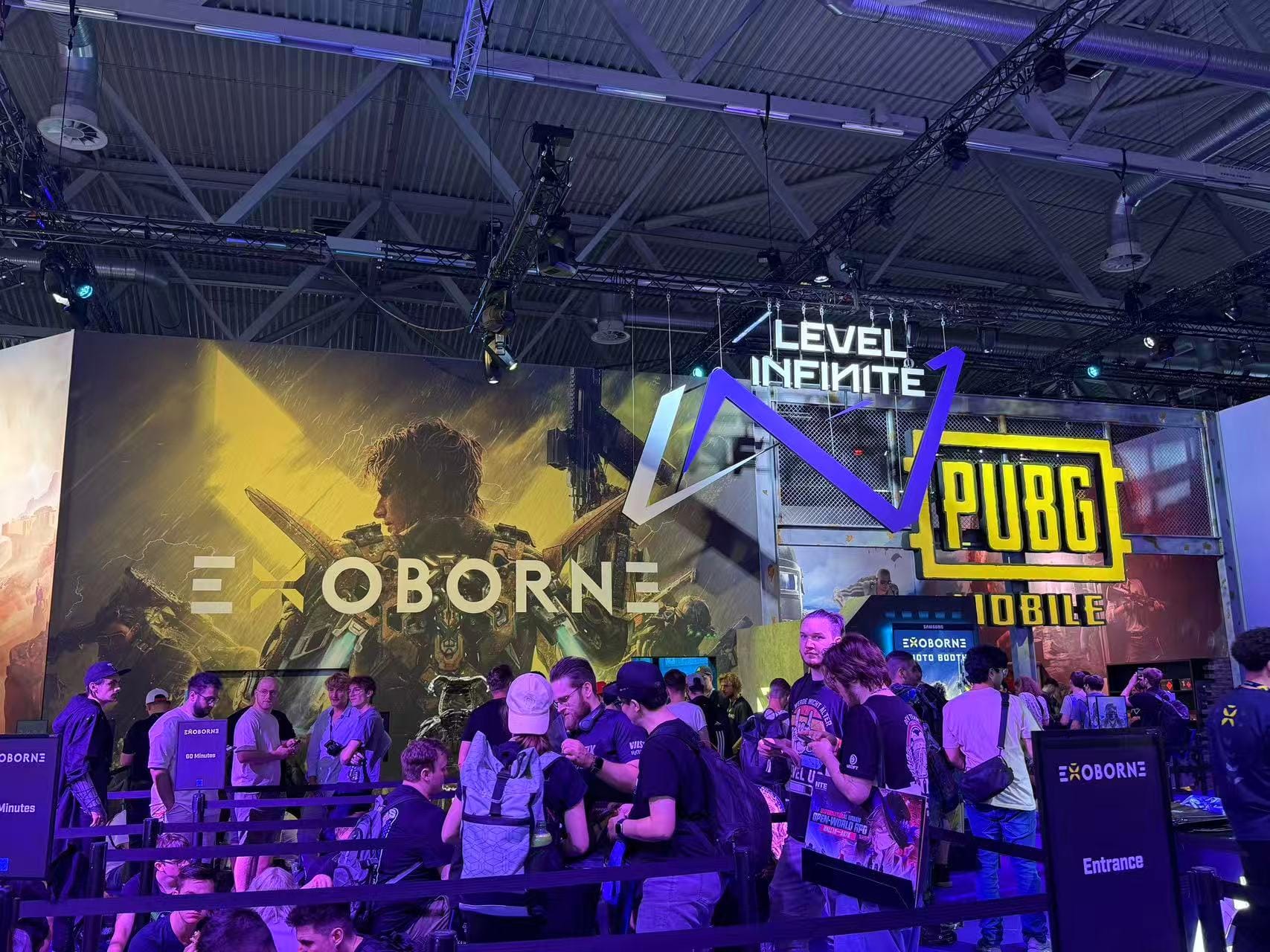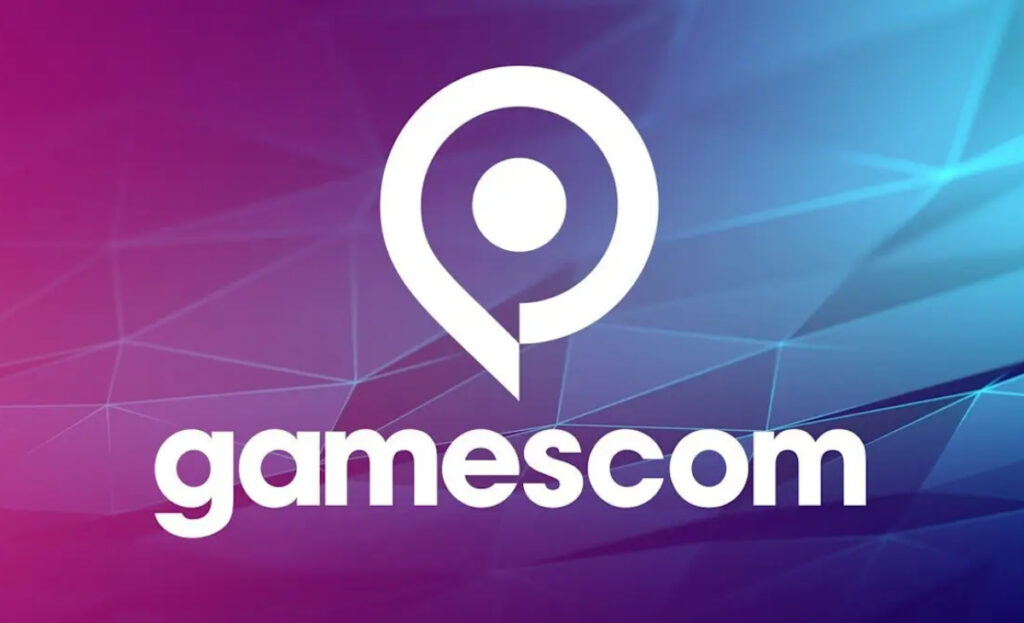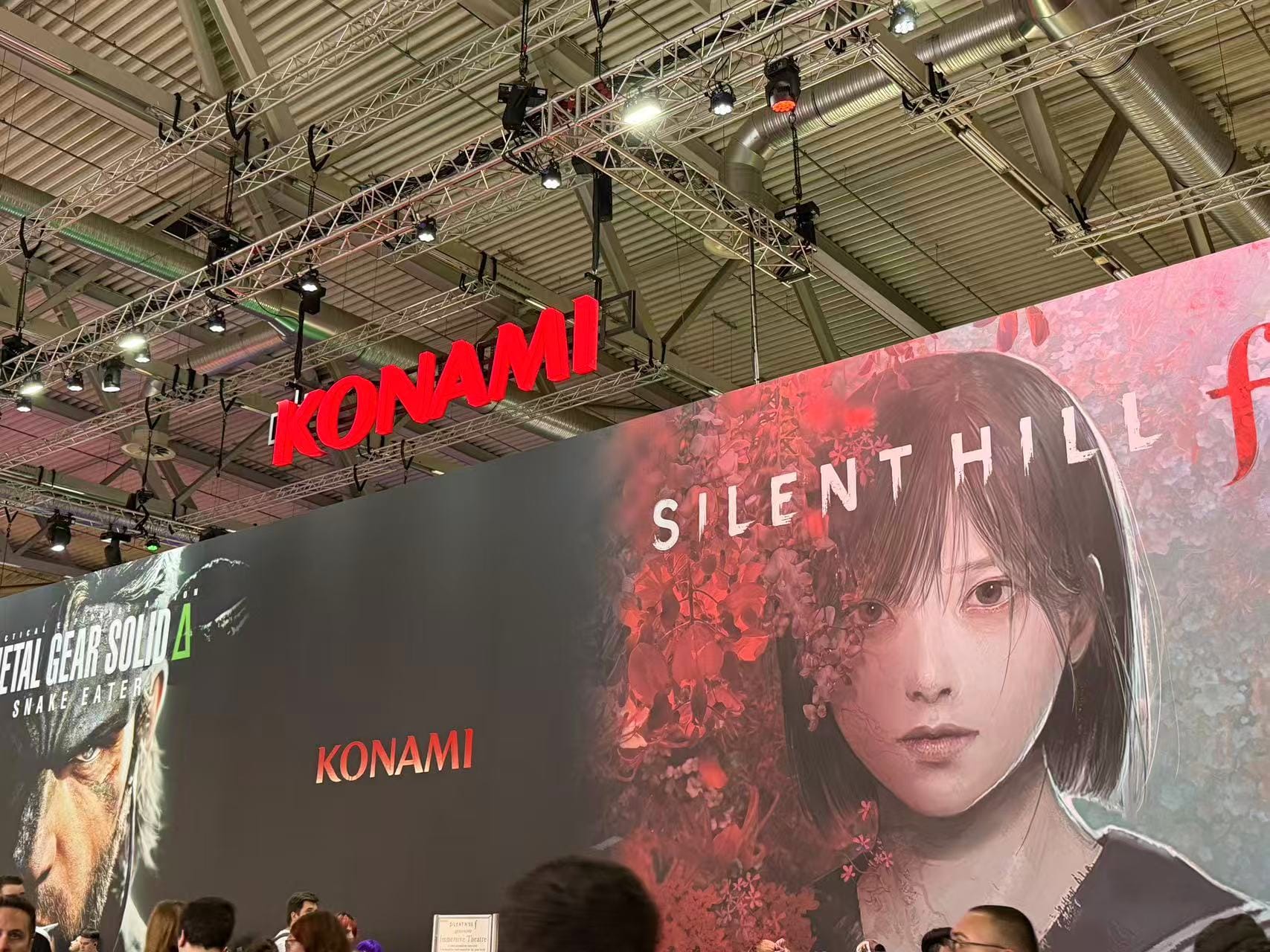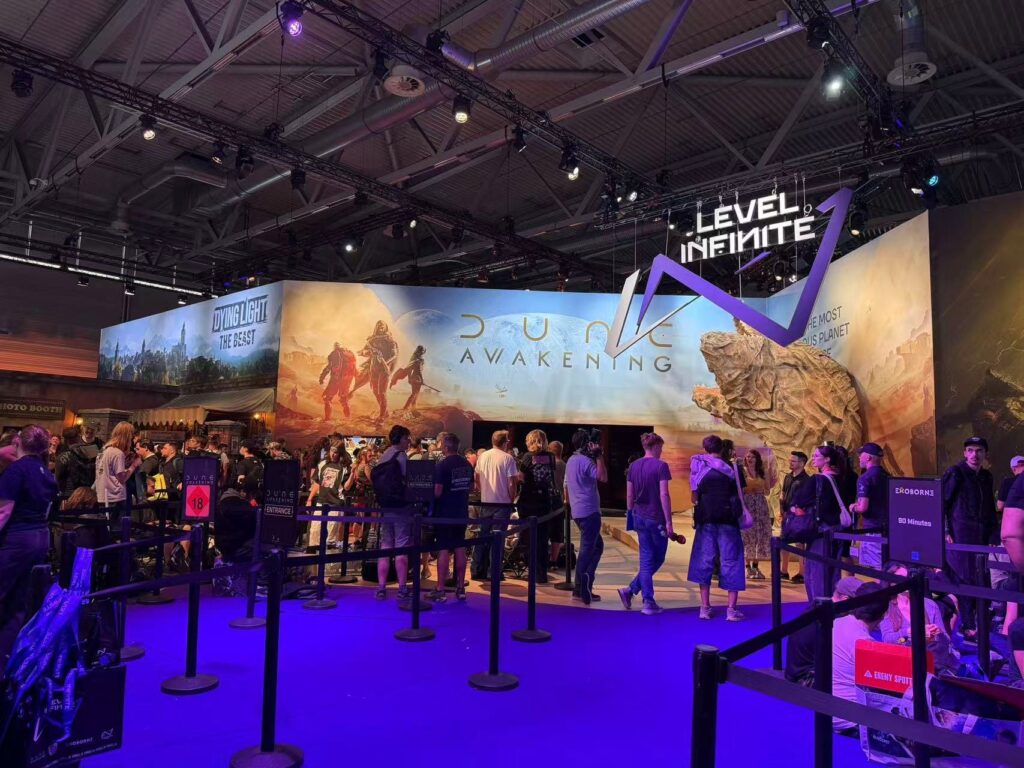September 11, 2025
ChinaJoy & Gamescom 2025: Four Trends Shaping IP Integration in Games

ChinaJoy & Gamescom 2025: Four Trends Shaping IP Integration in Games
Author
This summer, I had the chance to attend both ChinaJoy in Shanghai and Gamescom in Cologne. Two very different stages, yet together they reflect how IP and games are converging faster than ever. From a China expertise perspective, here are four key trends and what they mean for our industry.
1. Global Participation at Record Highs
- ChinaJoy hosted 799 exhibitors from 37 countries, with foreign participation hitting 30%, the highest ever. Over 410K attendees showed a growing share of female players and creators.
- Gamescom welcomed 1.36M visitors from 120 countries and drew 72M online viewers (+80% YoY). All major Chinese developers—from Tencent to miHoYo—were on stage.

Insight: Both events confirmed that the China ↔ global bridge is no longer optional, but essential for growth and IP partnerships.


2. IP Integration: From Heavyweight Deals to Lightweight Pilots
- At ChinaJoy, developers increasingly bring IP discussions into the early stage of development to offset UA costs and test market fit. Demand for flexible IP formats—skins, mascots, fan-driven assets—is rising.
- At Gamescom, blockbuster IPs like Silent Hill and Lego Batman dominated, but with high entry costs and stricter requirements.

Insight: The market is moving toward a dual engine: blockbuster flagships + quick pilot projects. With IPVerse data, we can de-risk matches and open new entry points for both devs and IP holders.

3. Chinese Developers and Full-Chain Integration
- ChinaJoy highlighted not just games, but AI pavilions, XR experiences, creator zones, and “Guzi economy” merchandise (a trend in character-based consumer IPs). Developers are building cross-industry ecosystems rather than standalone titles.
- By contrast, Gamescom focused more on refining products and extending established IPs.

Insight: Chinese studios’ content + tech + IP + consumer scenario approach creates longer IP value chains. For licensors, this means opportunities beyond games—into toys, fan art, and animation.

4. Gen Z Culture and the Rise of Co-Creation
- ChinaJoy’s creator zones and anime/merch areas were packed with Gen Z fans engaging through co-creation driven by emotional resonance.
- Gamescom emphasized AAA and classic IPs but is still exploring how to fully capture Gen Z’s cultural participation.

Insight: The future of IP is not only about rights, but about culture and community. Gen Z will shape how IPs live across platforms and geographies.

Final Thoughts
ChinaJoy showed the power of diverse, culture-driven ecosystems, while Gamescom reflected the strength of global IP iteration. Both point to the same direction: IP is evolving from static licenses into dynamic, data-driven ecosystems shaped by culture and community.
At Yodo1, we believe our China expertise + IPVerse platform can bridge these trends—helping developers and IP owners find the right fit, at the right stage, with the right impact.
Table of Content

